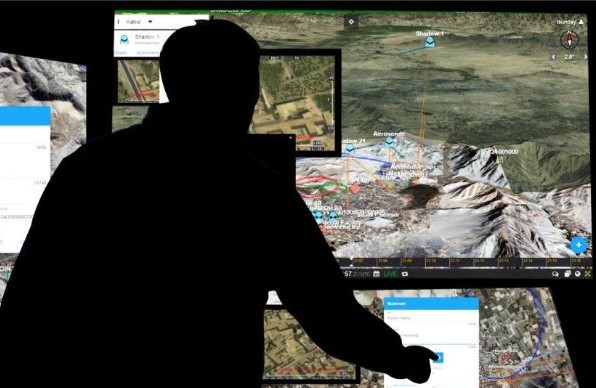Textron photo
By
Ricardo Swire
America’s intelligence community entered 2017 freshly equipped with “new rules” to govern dissemination of SIGINT or “raw signals intelligence information.”
On January 3 2017 the US Attorney General signed an official document that expanded the National Security Agency’s (NSA) data gathering function. On December 15th 2016 the US Director of National Intelligence authorized the monitoring of satellite transmissions, telephone calls, emails intersecting foreign network switches and messages between overseas based individuals that overlap American network switches.
Previously NSA surveillance operations were not regulated by US wiretapping legislation. In 2002 America’s Foreign Intelligence Surveillance Court secretly allowed the NSA, Central Intelligence Agency (CIA) and Federal Bureau of Investigations (FBI) to exchange uncensored communications intercepts. The Foreign Intelligence Surveillance Act (FISA) protected such digital operations. NSA analysts categorized all intercepted communications data before sharing it with the CIA, FBI and Drug Enforcement Administration (DEA).
Initially law enforcement agencies asked the NSA for specific surveillance data. Requested information was relevant and useful to individual cases. The NSA granted requests after considering whether or not Americans’ private data was compromised, the extent of damage or embarrassment caused, if such data was “improperly used or disclosed,” another contemplated factor. Under Executive Order 12333 US intelligence agencies are now allowed to directly search the NSA’s raw communications repositories. Rules for “minimizing privacy intrusions” are applied.
Electronic processes similar to the FBI’s “Computer & Internet Protocol Address Verifier,” special software designed to collect evidence from a suspect’s computer and transmit data back to the Agency. In 2016 FBI analysts made ten unsuccessful attempts to determine the San Bernardino, California gunman’s Apple iPhone’s password. The shooter’s Apple ID pass-code was changed less than twenty-four hours after FBI agents took possession of his phone.
A four week privacy versus national security legal battle against Apple cost the US Justice Department US$1 million. Testifying FBI special agents refuted that the Californian terrorist’s Apple iPhone was hacked by an assisting “outside party.” The date FBI personnel received authorization for such assistance was blacked out in court documents. The suspect’s gleaned data protected under America’s Freedom of Information Act.
Apple, Facebook, Google and Microsoft publicly complained. Their combined public relations machinery promoted that “guarantying a terminal device’s protection increases user security.” The mega tech companies also claimed most digital communication insecurities result from the user’s online behavior. Patterns show Phishing attacks make up ninety percent of cyber attacks.
One reason the FBI designed electronic capabilities, such as the “Network Inspection Tool” and the “Computer & Internet Protocol Address Verifier,” that work in tandem for stealthy data retrieval. Executive Order 12333 does not apply to metadata or logs that reflect who contact American citizens. Although any intelligence agency’s analyst can now examine social links between individuals to detect suspects, “without regard to the location or nationality of such communicants.” The new data sharing procedures allow intelligence analysts, including FBI operatives, to search raw data utilizing a selected American citizen’s identifying information.


